Driving Success: The Top 4 Core Areas to Spotlight Your Marketing Efforts
We’ve all heard that old adage – “It’s not what you know; it’s who you know.” But when it comes to marketing, it’s both!

To successfully market in the supply chain, transportation, and logistics industry, it really comes down to knowing and understanding your target audience and how to reach them.
Virago Marketing’s CEO Jennie Malafarina and Jessie Thomas, director of marketing for Highway, dove into this topic in a recent episode of Fr8 Marketing Gurus. They covered the importance of understanding your market, how to reach your audience, and why building relationships is essential to your marketing strategy.
Here’s some of the key takeaways from the episode “Supply Chain Spotlight: Strategies & Stories.”
Where to Focus Your Marketing Efforts for Maximized Results
1. Develop Partnerships & Customer Marketing Programs
The transportation and logistics industries are incredibly relationship-based, according to Thomas. Because of this, she emphasized the importance of adding co-marketing or partnership marketing programs and customer testimonials to your overall marketing strategy.
“It’s working with your customers. It’s getting that feedback. If you invest in your customers and service them correctly, they will become your biggest advocates, and then marketing becomes easy.,” Thomas said. “Invest in your partnerships. Do more with them. Do more co-marketing.”
Collaborating with partners through co-marketing efforts, such as joint webinars and events, amplifies brand visibility and reinforces the message you want to convey. Also, by getting your customers involved in your content creation, events, and testimonials, their firsthand experiences and success stories provide authenticity and credibility that resonate with potential clients.
2. Understand Your Market
Companies that understand their Total Addressable Market (TAM) have growth rates up to 200% higher than those that don’t. That’s why understanding of your market is essential. When you identify your total addressable market (TAM) and tailor your strategies to this specific audience, you can ensure you’re addressing the market’s pain points, challenges, and interests.
Engaging in continuous dialogue with your market helps anticipate future needs and shifts. This proactive approach allows you to develop solutions that address not just current but also upcoming challenges, positioning your brand as a forward-thinking leader in the industry.
“Market research is so important,” Malafarina noted. “Talk to your market, understand their pain point, develop content based on their pain point, go to market based on their pain points, their challenges, what they’re trying to accomplish. Those sorts of things. Don’t do things within us in a silo of what you think. Things change, and especially in this industry, things evolve. So that’s the opportunity to be like how were you affected by this? How does that change things for you? It should be an ongoing conversation with constant feedback.”
3. Attend and Host Events
Once you know and understand your market, meet them where they are. Events – virtual or in-person – are a powerful tool for connecting with that audience. While in-person events are invaluable for face-to-face interactions, virtual events have become increasingly significant. Webinars and virtual conferences can reach a broader audience and provide interactive platforms for discussion and demonstration.
“The format of webinars these days is becoming more interactive; it’s less PowerPoint, more of a panel discussion, so you get the different angles, different point of views,” Thomas noted. “We also held a two-and-a-half-hour event that just had panel discussions. We allowed our partners to do a rapid-fire demo, and anybody and everybody were able to come. … [It brought great] value and our audience.”
4. Effectively Use Social Media
Social media, particularly LinkedIn, can be a great way to engage your target market. Consistency and authenticity are key. Regular, engaging posts that mix product information with behind-the-scenes insights and company culture resonate well with audiences. Showcasing the human side of your business helps build a connection with your audience, making them more likely to trust and engage with your brand.
“LinkedIn is huge,” Thomas stated. “Everyone is active on LinkedIn. And so, making sure that you have that presence, that consistent presence. … Mix up the content. Don’t just post about the product. Don’t just create an image with text on it or use a stock image. Bring in your people, show your people, show the culture that you’re building behind the product. That’s what people love.”
Additionally, you should encourage employees to build their personal brands on LinkedIn and share company content. This approach extends the company’s reach and enhances its credibility.
“The company should post something and then individuals at the company should reshare it and post it with their own thoughts,” Thomas said. “I feel everyone should create their own brand on LinkedIn because LinkedIn is your profile and the companies that you associate with it’s just an extension of you. So, make sure that you create your own personal brand and adding value to the company that you work for by sharing their content as well. That’s really how, as a company, you can increase your impressions, increase your reach, gain more followers.”
Put in the Work
Marketing in the supply chain, transportation, and logistics industry requires a strategic focus on partnerships, market understanding, event participation, and social media engagement. By integrating these elements into your marketing strategy, you can build stronger relationships with your audience, anticipate and meet their needs, and, ultimately, drive success for your business. The tips provide a roadmap for leveraging these marketing efforts effectively, ensuring your company yields maximum results.
Let's Talk.
Marketing is essential to growing your business and getting your message out to your target audience. We can help you do that with a strategic, full-funnel approach that drives revenue. Let’s get started.



